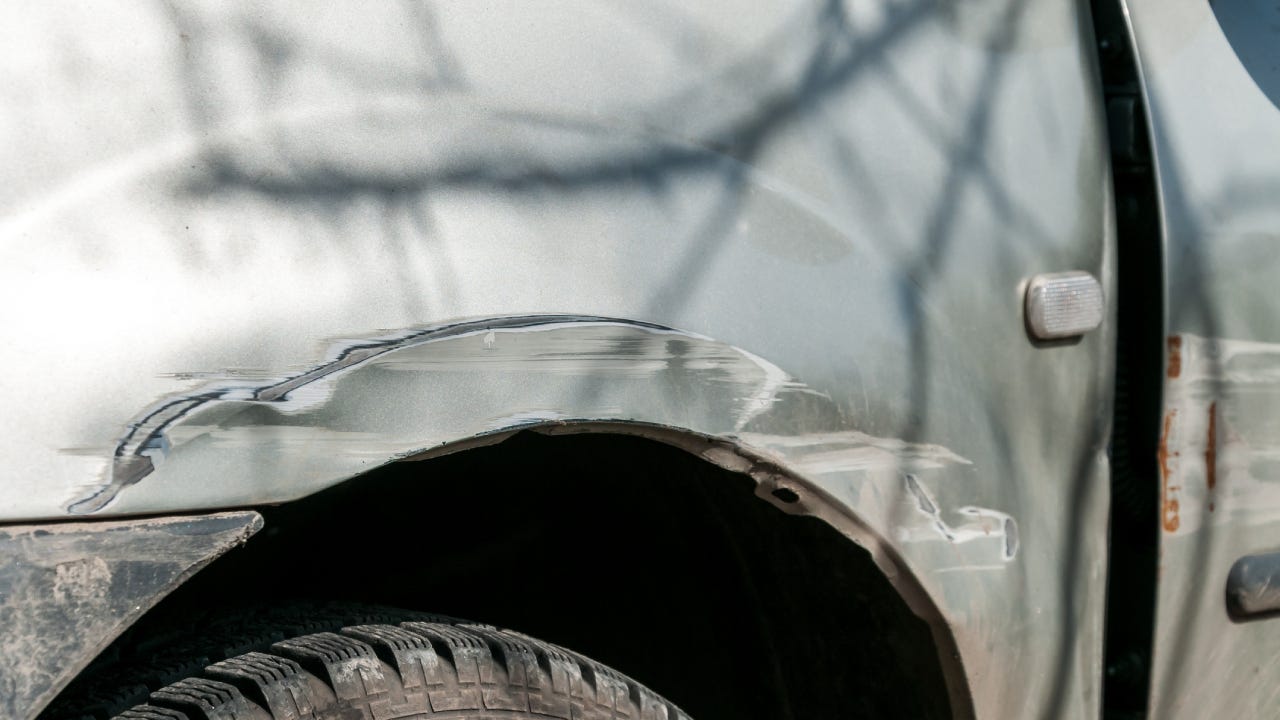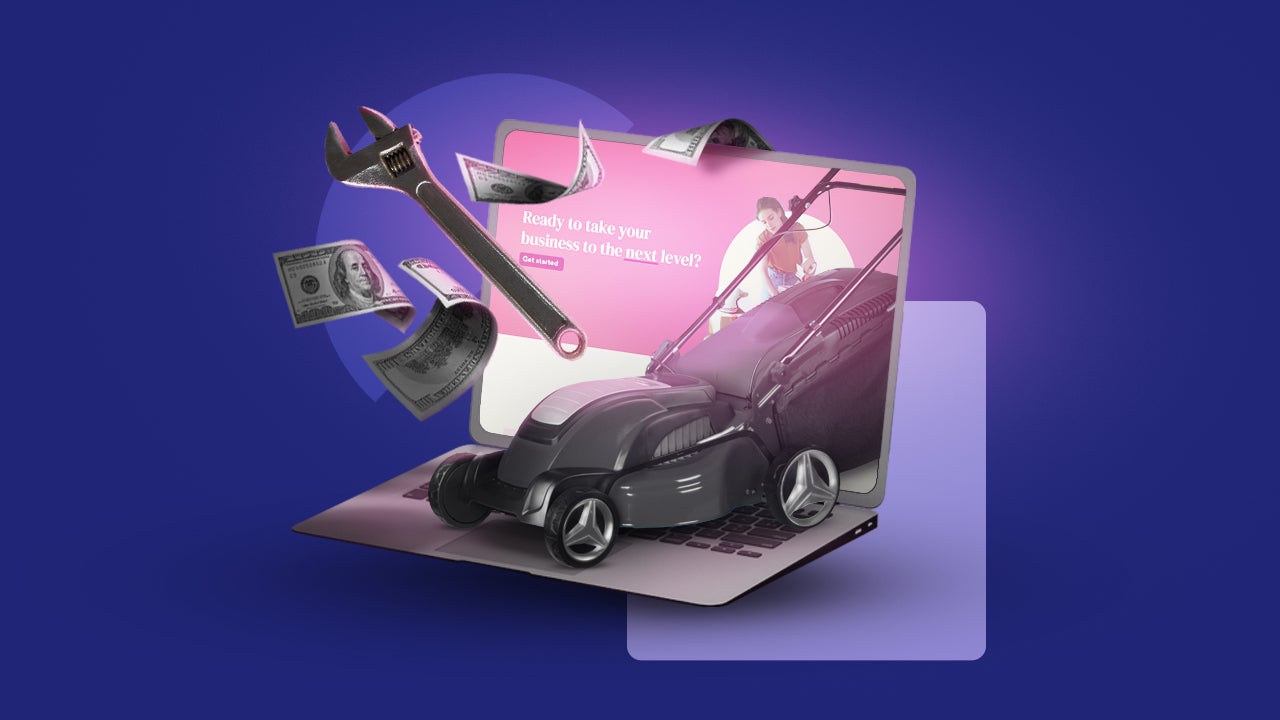What to do after a hit-and-run in Massachusetts

When you’re involved in an accident, there’s always the possibility that the other driver flees the scene before you can collect their information — otherwise known as a hit-and-run. Massachusetts does require drivers to carry uninsured motorist coverage to help counter the risk of hit-and-runs, but you may need additional optional coverage to guarantee financial protection. Given the stressful nature of being the victim of a hit-and-run, it’s important to know how to craft an insurance policy that best protects you in Massachusetts, as well as the steps you should follow after a hit-and-run.
Hit-and-runs in Massachusetts
Hit-and-run law in Massachusetts states that when a driver is aware that they have hit someone or something, they must stop to determine if there has been injury or damage. If they do not stop and give the other driver, or the homeowner in the case of hitting a stationary object, their name and insurance information, they are guilty of a hit-and-run. If they stop, but refuse to give information or give incorrect information, it is still a hit-and-run.
Nationally, there were 2,932 fatalities in hit-and-run traffic crashes in 2022, a troubling statistic that has steadily increased over the past few years. Additionally from this data set, roughly 25 percent of all pedestrian fatalities were a result of a hit-and-run. There are serious consequences for drivers who leave the scene of an accident without identifying themselves and giving aid if they are able.
Massachusetts hit-and-run laws
Hit-and-run Massachusetts statutes are clear: if you’re involved in a crash, even if it’s just a fender bender, you must stop, assess damages and identify yourself, according to the Massachusetts official driver’s manual. If you leave a crash, even if you are not at fault, you could be criminally charged with a violation for leaving the scene of an accident. You would also face the following penalties.
- Up to $200 and/or up to two year’s imprisonment, and license suspension of six months or longer if the crash caused damage to another vehicle or property.
- Up to $1,000, up to two year’s imprisonment and license suspension of one year or longer, if the crash caused personal injury to any person that does not result in death.
- Up to $5,000 and 2.5 years in jail, or up to 10 years in state prison and a minimum three-year license suspension if the crash caused personal injury that resulted in death.
You may also be subject to up to six years of insurance surcharges and your driver’s license could be suspended. Finally, if you hit and injure or kill a cat or dog and fail to notify the animal’s owner or the local police, you can also be fined.
Will a hit-and-run claim raise my insurance in Massachusetts?
The cost of car insurance for a driver with a clean record in Massachusetts averages $481 per year for state-mandated minimum coverage, and $1,828 for full coverage, which includes collision and comprehensive insurance. Massachusetts drivers with an at-fault accident on their record pay, on average, 60 percent more for coverage than those with clean driving records. A hit-and-run is often considered more severe than a standard at-fault accident, so if you’re convicted of fleeing the scene of the accident, your coverage surcharge could be even greater.
If you are the victim of a hit-and-run and the perpetrator is not located, you can file a claim for the damage with your own insurance company (as long as you have collision coverage). This will likely raise your rates, but usually not as much as filing a claim for an at-fault accident. If the perpetrator is located but does not have insurance, uninsured/underinsured motorist coverage could help pay for the damage.
5 things to do after a hit-and-run in Massachusetts
You may be shaken up after a hit-and-run, but do your best to remain calm and follow the steps we have outlined below. Do not attempt to follow a driver who has left the scene; it is important to stay on the scene yourself to give aid and offer information to police and medical personnel.
- Check for injuries. If you or anyone else involved is injured, your first call should be to 911, so that medical personnel can assist as quickly as possible.
- Move your car out of traffic if possible. This is especially true if you are on a busy highway or street. Be careful if you get out of your car that you are not placing yourself at risk of being hit by another car.
- Call the police. Even if there are no injuries, call the police and ask them to come so you can have a report filed. This is vital for insurance purposes.
- Gather information. Once you are safe and the police are on the way, try to take some photos of your car and the crash site. If there are any eyewitnesses, ask them what they saw, and write down any identifying characteristics of the car that left the scene. Ask them to stay with you until the police arrive, so they can add their information to the official report.
- Contact your insurance company. Don’t delay on this. You want to open a file for your case as quickly as possible. You may be able to do this on your company’s website or mobile app — if not, call your insurer with as much information as you have on hand.
Will insurance cover a hit-and-run?
There are several types of Massachusetts hit-and-run insurance. Any of these may come into play if you are the victim of a hit-and-run accident.
- Collision: This coverage (unlike property damage liability, which covers the other car) covers damage to your own car. Your insurance company will help cover the costs to repair or replace your vehicle, up to its actual cash value determined at the time of the claim, and you’ll cover the deductible you chose for this coverage.
- Uninsured motorist bodily injury: This insurance is required by the state and covers injuries that you and your passengers face following an accident if the other driver doesn’t have insurance. But your insurer may require proof that the other driver wasn’t insured, which may or may not be possible following a hit-and-run.
- Uninsured motorist property damage: Again, this insurance may help with damage to your car, but there may be restrictions on its use depending on your insurer.
- Personal injury protection (PIP): Since Massachusetts is a no-fault state, you are required to carry PIP, which pays for medical payments, wages and more, no matter who is at fault in the accident.
Frequently asked questions
You may also like

How to sell a house by owner in Utah

What is a Vehicle Identification Number (VIN)?

How much does it cost to refinance a car?



